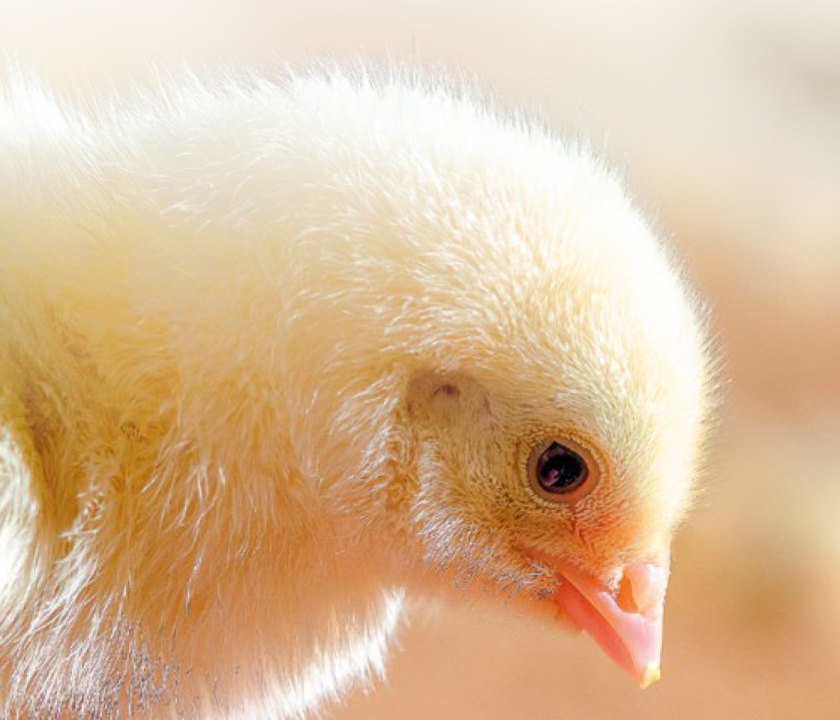Content available at: العربية (Arabic)
From the very early moment of growing a flock, birds are drinking a substantial volume of water. And this quickly increases exponentially. As a result, litter easily gets wet, thus leading to caking. The solution is adequate ventilation in order to keep the litter in good and dry condition.
Why does litter seem to suddenly cake over just prior to turning the birds out into full house?
- In many cases it is simply because minimum ventilation fan settings are not being changed quickly enough to keep up with the rapidly increasing amount of moisture the chicks are adding to the litter.
- This often occurs because suggested minimum ventilation fan settings are often provided in terms of age of bird in weeks.
- The problem with this is that a specified minimum ventilation rate based on age of flock in weeks in a way suggests that the amount of moisture needing to be removed from a house doesn’t really change much over the course of a week.
- Though this may be true towards the end of the flock, where minimum ventilation rates to control moisture often change less than five percent from week to week, it is far from the truth during brooding, where due to the extremely high chick growth rates minimum ventilation rates, can increase twenty percent or more in just 24 hours.
Over the first ten days of a flock, the weight of the chicks typically increase seven-fold. To obtain this tremendous weight gain, the amount of water the chicks consume increases equally dramatically. For instance, water usage increases from approximately 2 gals (7.6 liter) /1,000 chicks on the placement day to approximately 4.2 gals(16 liter) /1,000 chicks in just 24 hours. By Day 4, water usage increases to over 10 gals (38 liter) /1,000 chicks and by Day 10, 24 gals (90 liter) /1,000 chicks. Roughly a ten-fold increase in water consumption in just ten days (Table 1).
Table 1. Broiler water consumption (1 lbs = 454 grams, 1 Gallon = 3,79 liter)
Dramatic fashion
It stands to reason that as water intake increases dramatically, the amount of moisture the birds are adding to the air and litter in a house will increase in a similar dramatic fashion.
For instance, if the birds drink 200 gallons in a day, roughly 200 gallons (760 liter) of water need to
Keep up to date with our newsletters
Receive the magazine for free in digital version
REGISTRATION
ACCESS
YOUR ACCOUNT
LOGIN
Lost your password?

